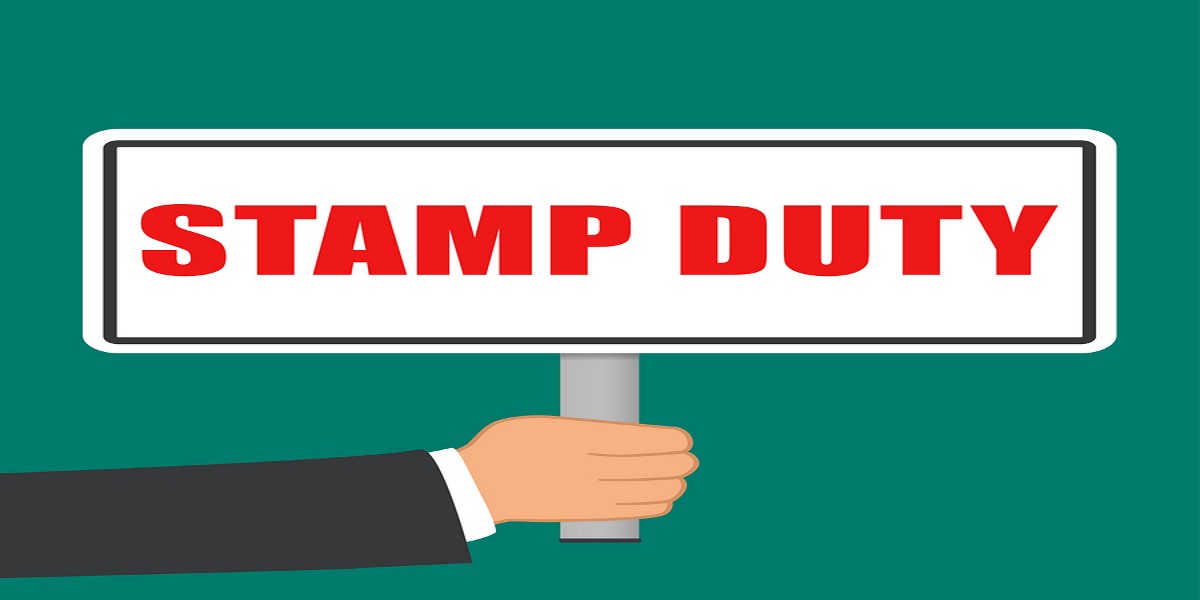‘Stamp Duty Land Tax’, to give it its full name, is a tax you have to pay on any property or land you buy over a certain price in England, Northern Ireland and Wales up to the end of March 2018.
Currently, you must pay Stamp Duty Land Tax on any residential building that is worth over £125,000 and on non-residential properties over £150,000.
In Scotland, the equivalent is called Land and Buildings Transaction Tax. In Wales, sales from 1st April 2018 will be subject to the Land Transaction Tax instead.
How much is Stamp Duty Land Tax (SDLT)?
As if buying a house isn’t expensive enough, this is yet another cost to account for. The rate of Stamp Duty firstly depends on if the land or property is for residential (living in) or non-residential (business) purposes.
If you are buying a home to live in, the amount of Stamp Duty is worked out as a percentage of the purchase price of the property. This figure goes up in increments as the property price increases.
To give you an idea, according to the government’s house price index for January 2017, the average price of a semi-detached house in England is £216,227. The highest SDLT rate for this price of property would be 2%.
For a complete breakdown of SDLT rates and property prices, take a look at our Stamp Duty Guide. There is also a more detailed example to illustrate.
HMRC have produced a really useful free calculator to help you work out the amount of STLT you will have to pay on any properties you are considering.
So all properties have the same SDLT?
No, not necessarily, different property types may have different rates of SDLT. For example: if you own multiple properties, shared ownership or you are buying as a corporate body. It is very important to look at the specific rules that apply to your particular situation.
Yes, it is another confusing area of the British tax system. We cover other elements like how to pay SDLT, people who don’t have to pay it and the circumstances in which you have to pay SDLT in our further information section. Now you’ve got the fundamentals sorted, you can work out what else you need to find out.


